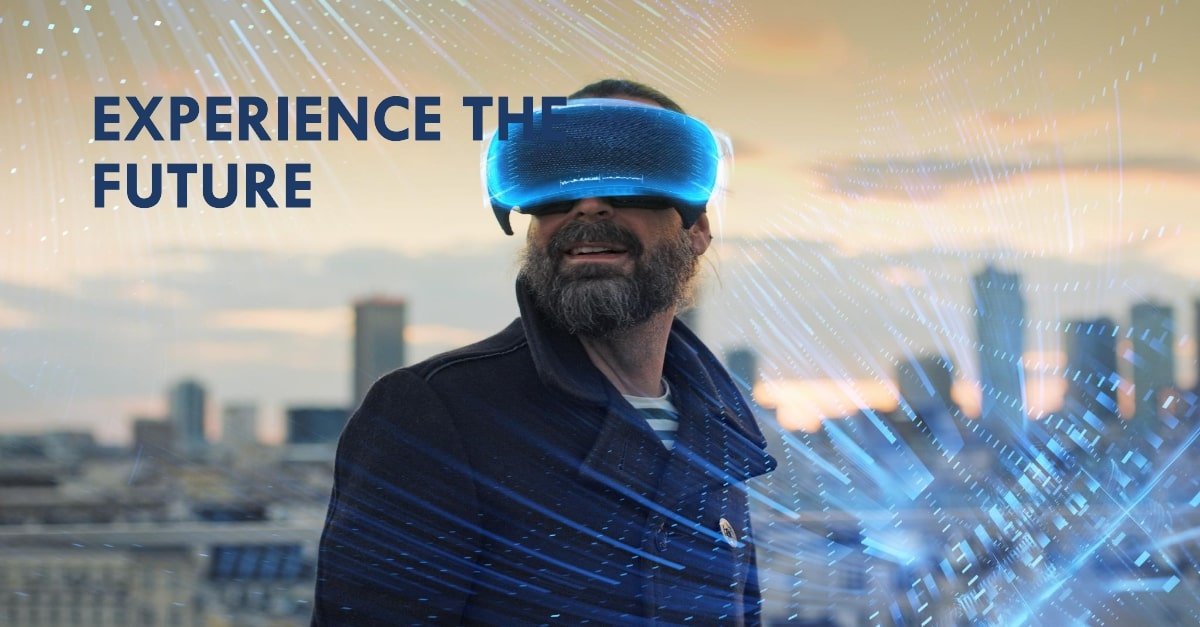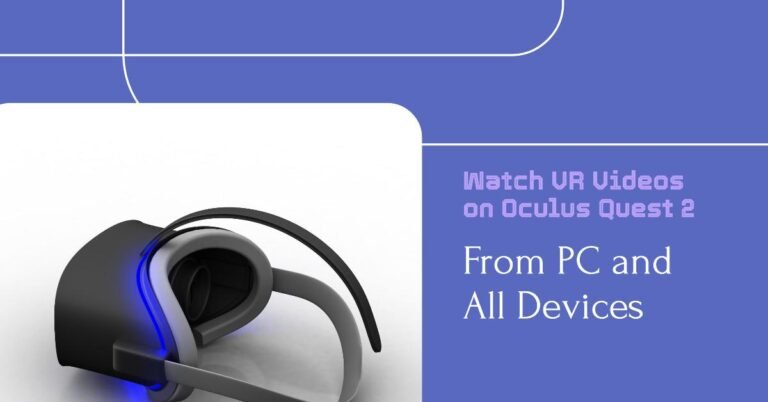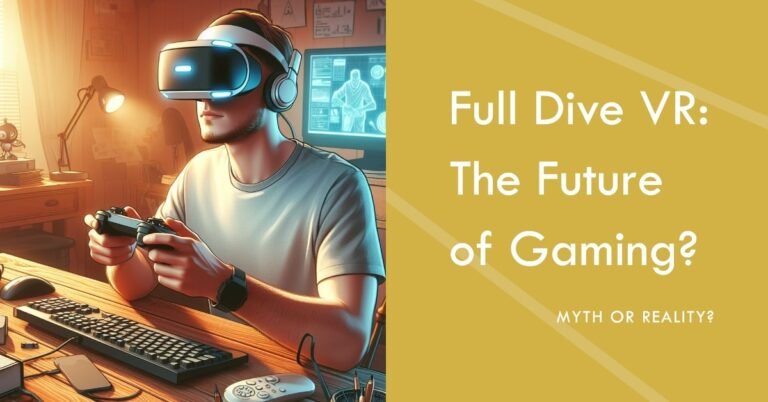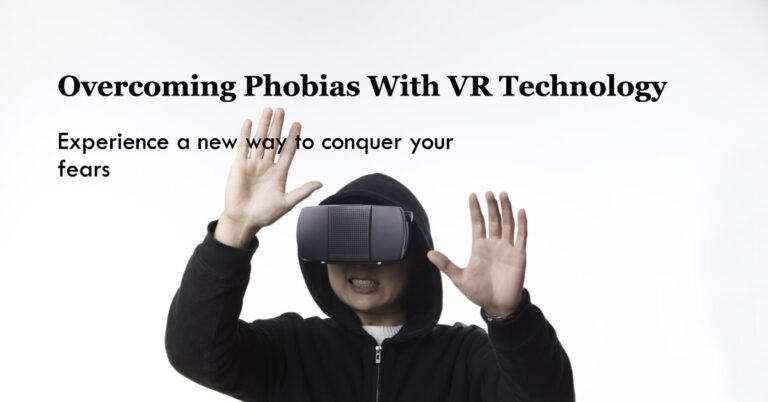Virtual Reality in Multimedia: A Gateway to Limitless Creation and Engagement
Have you ever dreamt of stepping into a world crafted entirely by your imagination? Well, brace yourself! Virtual reality (VR) in multimedia is rapidly transforming the way we experience and interact with digital content. By merging the power of VR technology with multimedia elements like text, audio, and video, creators are unlocking a treasure trove of possibilities for storytelling, education, and entertainment.
What is virtual reality in multimedia?
In essence, Virtual Reality in Multimedia is the marriage of two powerful technologies. VR creates an immersive and interactive 3D environment, while multimedia encompasses various digital content formats like text, audio, video, and images. When these forces combine, the result is a captivating experience that transcends the limitations of traditional media.
Imagine exploring a historical landmark through a VR experience that not only showcases its architecture but also allows you to virtually walk its halls and listen to historical reenactments. Or picture yourself attending a concert from the comfort of your living room, feeling the pulsing energy of the music and the electric atmosphere of the crowd. These are just a few glimpses into the incredible potential of VR in multimedia.
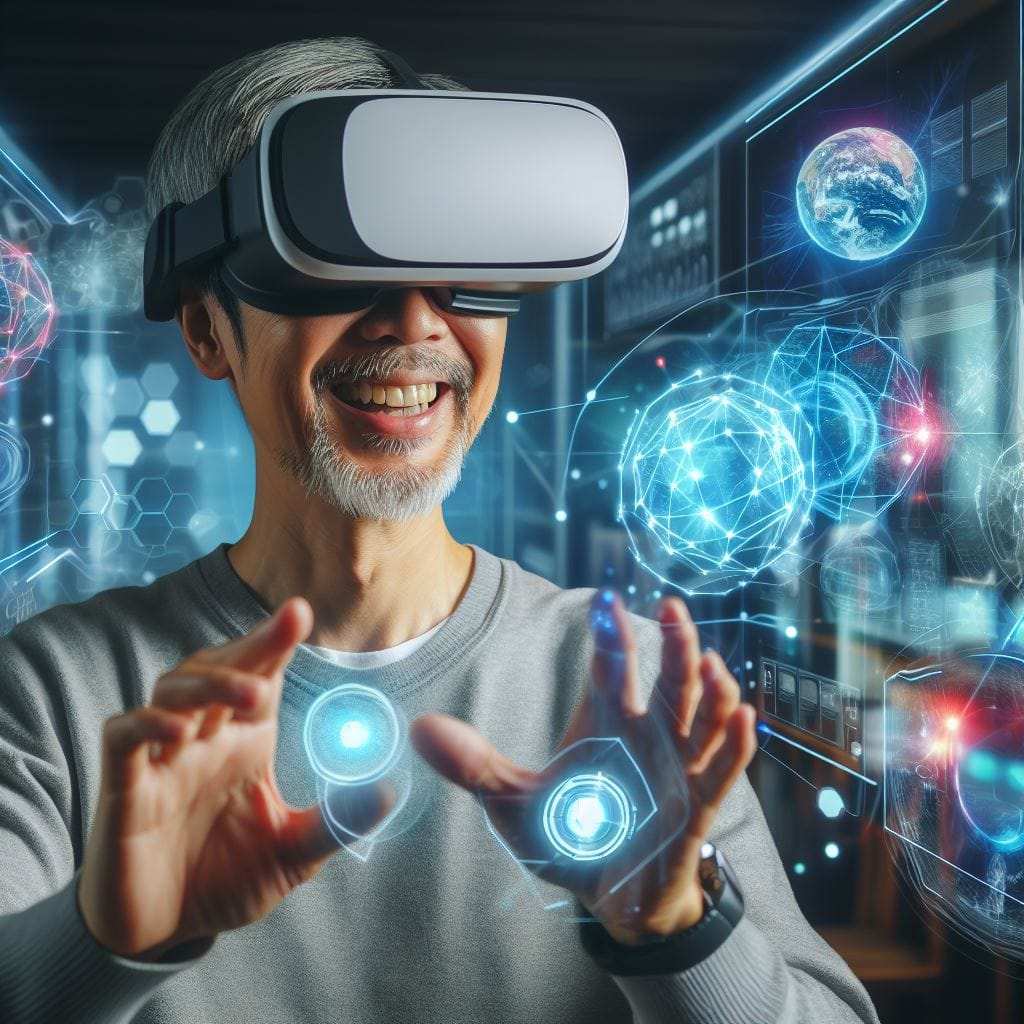
The Wonders of VR in Multimedia
Virtual Reality in Multimedia offers a plethora of advantages that traditional media simply can’t match. Here’s a deeper look into what makes it so special:
- Unmatched Immersion: VR creates a sense of “being there” that traditional media can only dream of. Users are transported into a virtual world, surrounded by sights and sounds that stimulate their senses and foster a deep sense of presence. Unlike watching a movie where you’re a passive observer, VR puts you right in the heart of the action. Imagine exploring the depths of the ocean alongside vibrant coral reefs and playful dolphins, or scaling the heights of Mount Everest without ever leaving your living room. VR allows you to experience the world in a way that was never before possible.
- Enhanced Engagement: Traditional media can often feel one-dimensional. VR experiences, on the other hand, are inherently interactive. Users can explore their surroundings, manipulate objects, and naturally interact with the virtual world. This level of engagement fosters deeper learning, stronger emotional connections, and a more memorable experience. For instance, a VR training program for surgeons could allow them to practice complex procedures in a safe and controlled environment, receiving real-time feedback on their actions.
- Limitless Creativity: VR in multimedia breaks down the barriers of traditional storytelling. Creators are no longer confined to the limitations of screens and linear narratives. They can craft experiences that defy the laws of physics, transport users to fantastical worlds, and present information in a completely new light. Imagine exploring a museum exhibit where historical figures come alive to tell their stories, or diving into a virtual world inspired by your favorite childhood book. The possibilities for creative expression in VR multimedia are truly limitless.
- Accessibility and Scalability: VR experiences can be tailored to various audiences and learning styles. Unlike traditional textbooks or lectures, VR can cater to visual, auditory, and kinesthetic learners. This makes VR a powerful tool for education and training across various disciplines. VR experiences can be used to train employees in a safe and controlled environment, provide students with immersive learning experiences, or even offer therapy for phobias and anxiety disorders. Imagine a VR program that helps people with claustrophobia gradually confront their fears in a safe virtual environment.
Putting Virtual Reality in Multimedia to Work: Real-World Applications
The applications of VR in multimedia are vast and constantly evolving. Here are some captivating examples that showcase its potential:
- Education and Training: Imagine exploring the inner workings of the human body in a VR anatomy class, or practicing surgical procedures in a risk-free virtual environment. VR is revolutionizing the way we learn and train, making complex concepts more engaging and accessible. Students of history can virtually walk through ancient battlefields or explore the pyramids of Giza. Mechanics can train on intricate machinery in a safe and controlled VR environment.
- Entertainment and Gaming: VR is taking the gaming industry by storm, transporting players into the heart of the action. Players can explore vast open worlds, battle fearsome foes, and socialize with other players in a truly immersive way. But VR’s reach extends beyond gaming. Imagine attending a virtual concert from the comfort of your home, or exploring a historical landmark from a bygone era. VR can also be used for fitness purposes, offering users immersive workout experiences that feel more like an adventure than a chore.
- Architecture and Design: VR allows architects and designers to virtually walk through their creations before a single brick is laid. This not only helps identify potential flaws early in the design process but also enables clients to visualize the final product in a realistic setting. Imagine an architect using VR to showcase a new museum design to potential donors, allowing them to virtually explore the exhibits and experience the flow of the space. This level of immersion can foster a deeper understanding and appreciation for the design.
- Marketing and Sales: VR can create powerful and immersive brand experiences that leave a lasting impression on potential customers. Imagine showcasing a new car model by allowing users to virtually test drive it on different terrains and weather conditions, or letting potential homebuyers explore a virtual property, complete with customizable furniture and décor. VR can also be used for product training, allowing salespeople to learn about new products more engagingly and interactively. For example, a travel agency could use VR to create immersive tours of different vacation destinations, allowing potential customers to experience the sights and sounds before booking their trip.
- Healthcare: VR is making waves in the healthcare field, offering a variety of potential applications. VR can be used to treat phobias and anxiety disorders by exposing patients to their fears in a safe and controlled environment. Therapists can use VR to create virtual scenarios that help patients confront their anxieties, such as public speaking or flying. VR can also be used for pain management, providing patients with distractions and relaxation techniques. Additionally, VR can be a valuable tool for medical training, allowing surgeons to practice complex procedures in a virtual environment.
Challenges and Considerations for VR in Multimedia
While VR in multimedia offers immense potential, there are still challenges to overcome:
- Cost: VR hardware and software can be expensive, limiting accessibility for both creators and consumers. High-end VR headsets can cost thousands of dollars while creating high-quality VR content requires specialized skills and resources. This can be a barrier to entry, particularly for smaller studios and independent creators.
- Content Creation: Developing high-quality VR content is a complex undertaking. It requires specialized skills in 3D modeling, animation, game design, and storytelling. Creating engaging and interactive VR experiences that don’t induce nausea or dizziness requires careful consideration of user experience and design principles.
- User Experience: VR headsets can be bulky and uncomfortable, and prolonged use can lead to nausea and dizziness (cybersickness). This can hinder user adoption and limit the enjoyment of VR experiences. Ensuring a comfortable and enjoyable user experience is crucial for VR to reach its full potential. Advancements in VR hardware design and software development are constantly working to address these issues.
- Privacy and Security: The immersive nature of VR raises concerns about privacy and security. As VR experiences become more sophisticated, they will likely collect a significant amount of user data. It’s important to establish clear guidelines and regulations for data collection and usage in VR environments.
Addressing the Challenges: Paving the Way for VR in Multimedia
Despite these challenges, the future of Virtual Reality in Multimedia is bright. Here are some ways we can address the existing limitations and pave the way for wider adoption:
- Technological Advancements: As VR technology continues to evolve, we can expect to see more affordable VR headsets and more powerful hardware. This will make VR more accessible to a wider range of users and creators. Improvements in battery life, resolution, and processing power will further enhance the user experience.
- Standardization and Collaboration: The development of industry standards for VR content creation can streamline the process and make it more accessible. Collaboration between hardware manufacturers, software developers, and content creators will be essential for fostering innovation and creating high-quality VR experiences.
- Focus on User Experience: User comfort and enjoyment should be at the forefront of VR development. Continued research into ways to mitigate cybersickness and create more intuitive user interfaces will be crucial for VR adoption.
- Addressing Privacy Concerns: As VR technology advances, it’s important to establish clear guidelines and regulations for data collection and usage. Educating users about their privacy rights and giving them control over their data will be essential for building trust and encouraging VR adoption.

Building a Thriving VR in Multimedia Ecosystem: A Look at the Future
The future of Virtual Reality in Multimedia holds immense promise. As technology matures, costs decrease, and content creation tools become more accessible, we can expect to see VR experiences become even more immersive, engaging, and impactful.
Here are some exciting possibilities for the future of VR in multimedia:
- The Democratization of VR Content Creation: With the emergence of user-friendly VR creation tools, even individuals with limited technical knowledge will be able to create their own VR experiences. This will lead to a more diverse and vibrant VR content landscape.
- The Rise of Social VR: VR experiences are no longer limited to solo adventures. Social VR platforms will allow users to connect, interact, and collaborate in virtual spaces. Imagine attending virtual conferences, visiting virtual museums with friends, or even holding virtual concerts where people from all over the world can come together.
- The Blurring Lines Between Reality and VR: As VR technology becomes more sophisticated, the lines between reality and VR will begin to blur. Imagine a future where VR experiences can be seamlessly integrated with the physical world. Augmented reality (AR) technology can overlay virtual elements onto the real world, further enriching our experiences. For example, a furniture store could use AR to allow customers to virtually place furniture pieces in their homes before making a purchase.
- The Impact on Education and Training: VR will revolutionize the way we learn and train. Students will be able to explore historical events firsthand, travel to different parts of the world virtually, and conduct experiments in a safe and controlled environment. VR training simulations will become commonplace across various industries, providing a more engaging and effective way to develop skills and knowledge.
- The Transformation of Entertainment: VR will fundamentally change how we experience entertainment. Movies and games will become even more immersive, transporting us to fantastical worlds and allowing us to actively participate in the narrative. Imagine exploring a movie set alongside your favorite characters, or even influencing the course of the story through your choices. VR concerts will offer unparalleled intimacy and realism, allowing you to feel like you’re right there on stage with the band.
- VR for Social Good: VR has the potential to address a variety of social challenges. It can be used to provide therapy for phobias and anxiety disorders, offer virtual job training for the unemployed, and even help people with disabilities experience the world in new ways. Imagine a VR program that helps people with agoraphobia gradually confront their fear of public spaces in a safe and controlled virtual environment.
Conclusion: Diving Headfirst into the Future of VR in Multimedia
Virtual Reality in Multimedia is no longer a futuristic fantasy; it’s a rapidly evolving reality. With its immersive capabilities, limitless creative potential, and diverse applications, VR is poised to transform the way we experience the world around us. As we address the remaining challenges and embrace the possibilities, VR in multimedia has the potential to revolutionize education, entertainment, training, and countless other aspects of our lives. So, are you ready to take the plunge and dive headfirst into the exciting world of VR in multimedia? The possibilities are truly endless.
Want to learn more about Virtual Reality in Multimedia? Explore resources on ARVRRealm.com, a blog dedicated to exploring the latest advancements and innovations in virtual and augmented reality. From industry trends to practical applications, ARVRRealm.com will equip you with the knowledge you need to navigate this exciting new frontier.
Additional Note: Remember, VR is still a young technology, and its full potential is yet to be realized. As we continue to explore its capabilities and push the boundaries of innovation, the future of VR in multimedia promises to be nothing short of extraordinary. This is just the beginning of an incredible journey, and we’re all invited to be a part of it.
